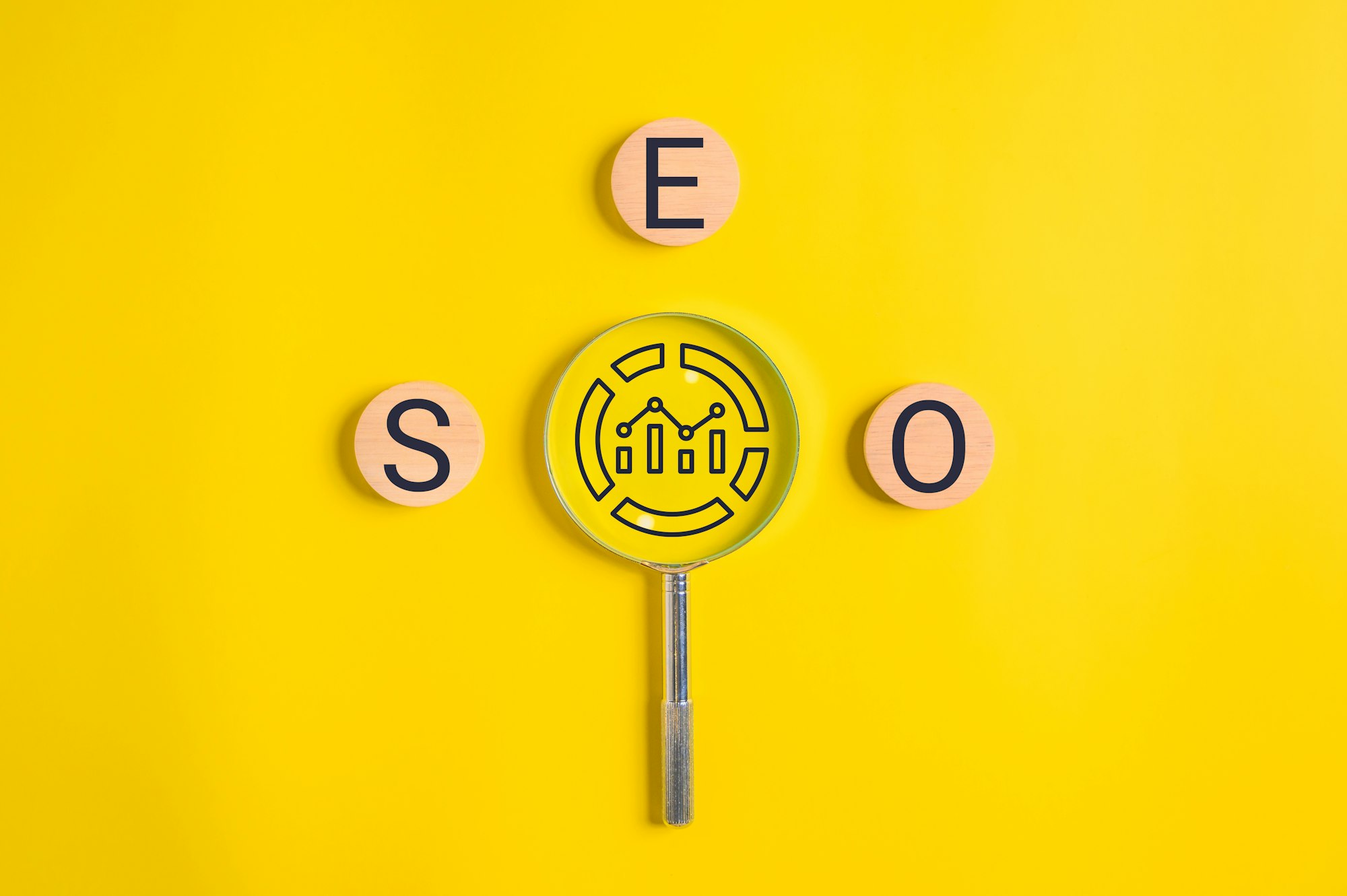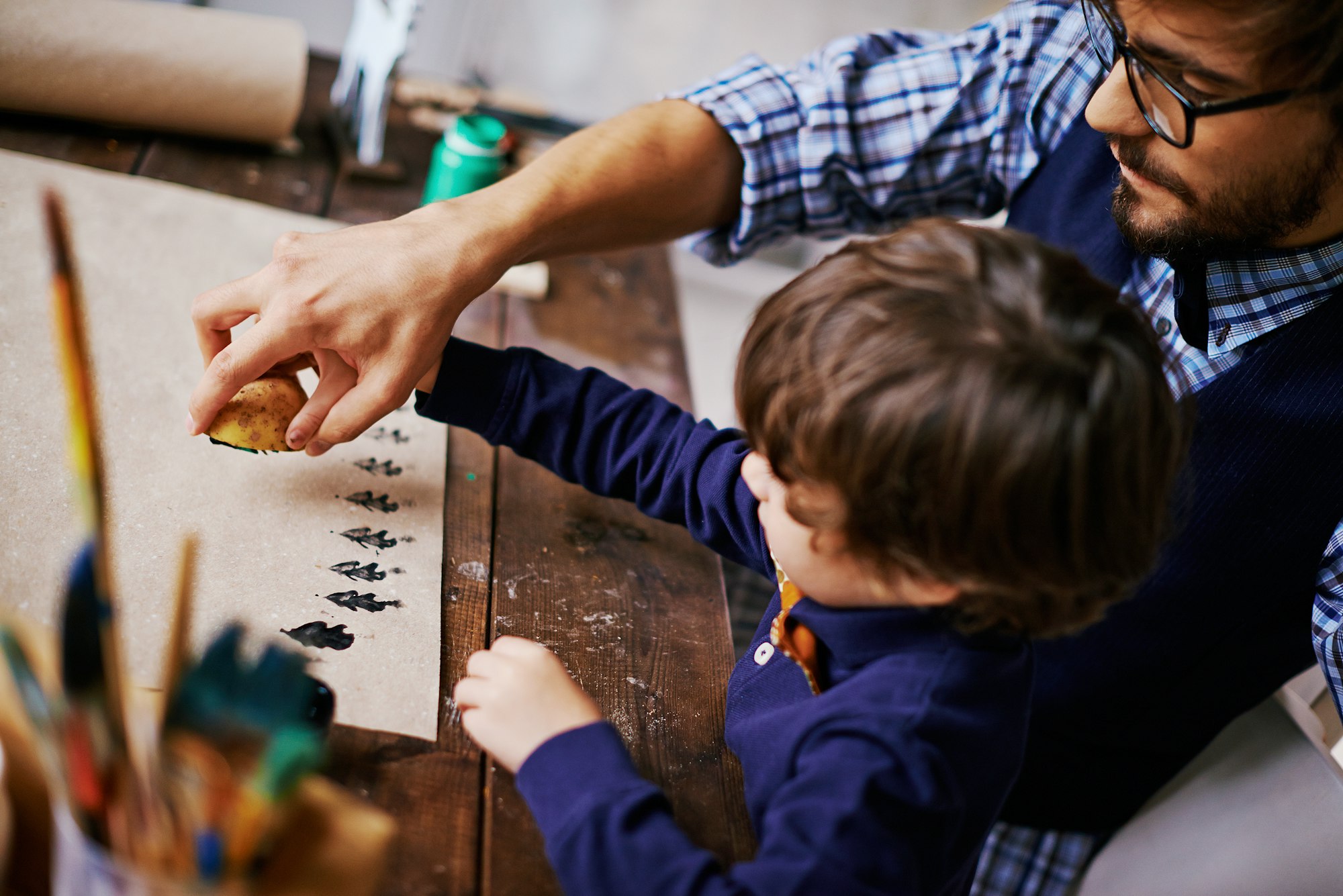Creativity is a fascinating aspect of human cognition that drives innovation, problem-solving, and artistic expression. While creativity is often associated with elusive genius or innate talent, the reality is that it can be understood through the lens of psychology and cognitive science. In this guide, we’ll delve into the psychology of creativity, exploring the underlying cognitive processes, psychological factors, and environmental influences that contribute to innovative thinking and creative problem-solving.
1. Defining Creativity: From Imagination to Innovation
Creativity encompasses a broad spectrum of cognitive processes and behaviors, from generating novel ideas and insights to applying them in practical ways to solve problems or create something new. Creativity is not limited to artistic endeavors but manifests in various domains, including science, technology, business, and everyday life. Psychologists define creativity as the ability to produce original and valuable ideas or solutions that are both novel and appropriate to the context.
2. The Creative Process: From Preparation to Inspiration
The creative process typically unfolds in several stages, beginning with preparation, where individuals gather information, explore relevant concepts, and immerse themselves in the problem space. This is followed by incubation, where ideas marinate in the subconscious mind and connections form unconsciously. The illumination stage occurs when sudden insights or “aha moments” arise, leading to the generation of novel ideas or solutions. Finally, the verification stage involves evaluating and refining ideas to determine their viability and effectiveness.
3. Cognitive Mechanisms of Creativity
Several cognitive mechanisms underlie creative thinking, including divergent thinking, associative thinking, and flexible thinking. Divergent thinking involves generating multiple possible solutions or perspectives to a problem, while associative thinking involves making connections between seemingly unrelated concepts or ideas. Flexible thinking allows individuals to adapt their thinking and approach to problem-solving, breaking free from conventional patterns and exploring unconventional solutions.
4. Psychological Factors Influencing Creativity
Numerous psychological factors influence creativity, including personality traits, motivation, mindset, and environmental factors. Traits such as openness to experience, curiosity, and tolerance for ambiguity are positively correlated with creativity, while intrinsic motivation and a growth mindset foster a creative mindset. Environmental factors such as social support, diverse perspectives, and freedom to experiment also play a crucial role in stimulating creative thinking and innovation.
5. Cultivating Creativity: Strategies for Enhancing Innovative Thinking
Creativity is not solely an innate trait but can be cultivated and nurtured through deliberate practice, exposure to diverse experiences, and experimentation. Strategies for enhancing creativity include engaging in brainstorming and idea generation exercises, seeking inspiration from different sources, embracing failure as a learning opportunity, and fostering a supportive and collaborative environment that encourages risk-taking and exploration.
Conclusion
The psychology of creativity offers valuable insights into the complex interplay of cognitive processes, psychological factors, and environmental influences that contribute to innovative thinking and creative problem-solving. By understanding the mechanisms of creativity and implementing strategies to cultivate it, individuals and organizations can unlock their creative potential and harness the power of innovative thinking to drive positive change and meaningful progress in all aspects of life.










